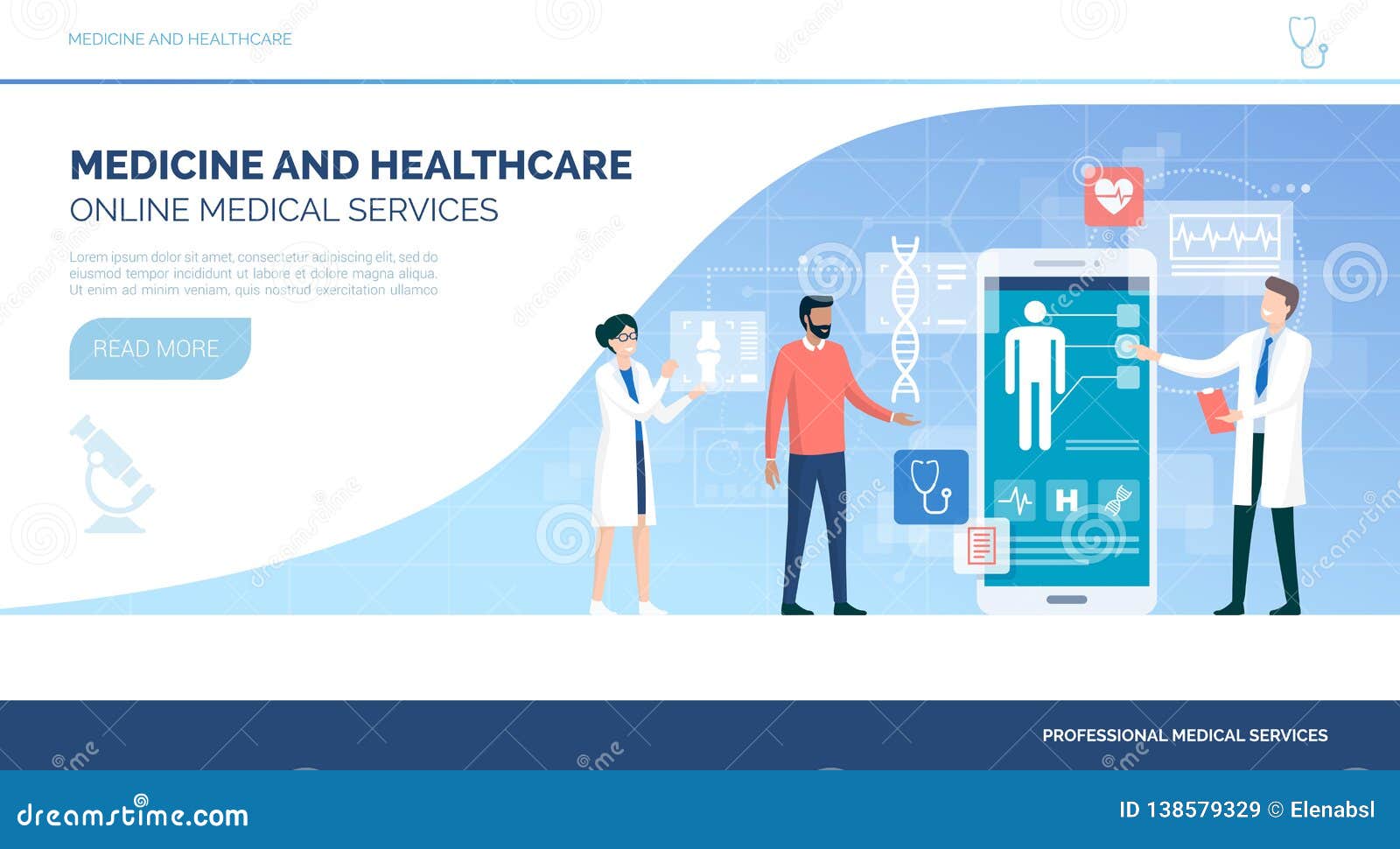Discover the Benefits of Subscription Based Healthcare for Affordable Medical Care
Discover the Benefits of Subscription Based Healthcare for Affordable Medical Care
Blog Article
How Subscription-Based Medical Care Is Transforming the Clinical Industry

The Increase of Membership Health Care
In current years, the medical care sector has actually observed a substantial change in the direction of subscription-based versions, mirroring more comprehensive customer fads preferring comfort and predictability. This improvement is driven by the raising need for more obtainable and tailored treatment options. Membership healthcare, sometimes referred to as attendant medication or direct main care, offers people a set regular monthly charge for a series of medical solutions, substantially changing traditional fee-for-service models.
The surge of registration health care is helped with by advancements in modern technology, which make it possible for streamlined communication between people and carriers - subscription based healthcare. Digital systems and telehealth services have actually come to be essential, offering individuals the capability to set up visits, access clinical records, and obtain assessments online. This technical combination not just improves person interaction but additionally enables carriers to provide extra effective treatment
Additionally, the registration design lines up with the advancing assumptions of patients that look for even more control over their medical care expenditures and experiences. While this version is gaining grip, its spreading faces challenges such as regulatory hurdles and the need for more comprehensive approval within the typical medical care ecosystem.
Benefits for Patients and Service Providers
Subscription-based health care uses a wide variety of benefits for both service providers and patients, improving the characteristics of medical care. For people, this design gives boosted accessibility to health care services. With a foreseeable regular monthly fee, patients can enjoy endless examinations, decreased wait times, and individualized care. This arrangement commonly causes a more aggressive technique to health monitoring, enabling prompt treatments that can prevent persistent problems from rising. The financial transparency of registration models lowers the unpredictability connected with traditional fee-for-service invoicing, alleviating the concern of unanticipated medical expenditures.
For doctor, subscription-based designs cultivate a more gratifying and lasting technique. By safeguarding a steady income stream, suppliers can concentrate on supplying high-quality care without the pressure of volume-based service. This model encourages longer client assessments, promoting stronger patient-provider connections and enhancing health and wellness results. In addition, it provides companies the adaptability to introduce and integrate precautionary and alternative care practices. Management jobs are usually structured, minimizing above expenses and allowing service providers to dedicate even more time to person communication. In general, subscription-based healthcare aligns the motivations of individuals and companies, advertising an extra effective and patient-centered medical care shipment system.
Secret Attributes of the Model
Often, the key attributes of the subscription-based healthcare version highlight its distinctive method to supplying medical services. Central to this design is the idea of foreseeable, monthly payments, offering clients a detailed series of services without the unpredictability of conventional fee-for-service structures. This design often includes limitless access to health care solutions, preventative treatment, and regular exams, making certain that patients can engage with their doctor proactively instead than reactively.
Furthermore, direct communication channels, such as telemedicine and messaging platforms, are emphasized, allowing patients to obtain prompt suggestions and appointments without needing in-person consultations. This boosts access and ease, specifically for people with wheelchair restrictions or those residing in remote locations. The version likewise promotes stronger doctor-patient partnerships, as medical care suppliers are incentivized to concentrate on long-term health end results as opposed to short-term check this visits.
In addition, subscription-based medical care commonly integrates technological innovations, such as electronic health documents and health and wellness monitoring applications, to supply individualized and efficient care. People gain from worked with and constant care administration, which is tailored to their specific health and wellness needs. Inevitably, these features jointly produce a patient-centered medical care experience, prioritizing accessibility, expense transparency, and precautionary treatment.

Difficulties and Considerations
While the subscription-based healthcare design offers various benefits, it is not without its factors to consider and challenges. Subscription models might inadvertently prefer those with greater socioeconomic status, potentially broadening differences in healthcare gain access to for lower-income people that may have a hard time with month-to-month costs.
Another difficulty depends on regulative conformity. Subscription-based medical care must navigate a complicated internet of laws that differ by region, including problems around client privacy, information defense, and state licensing requirements. Guaranteeing compliance without hampering the design's adaptability and technology can be daunting for suppliers.
In addition, there is the threat of overutilization or underutilization of solutions. People paying a fixed fee might overuse services, leading to increased operational costs, while others might underutilize because of fear of burdening the system, possibly disregarding essential treatment.
Future Leads and Innovations
The landscape of subscription-based medical care is positioned for improvement with emerging innovations and evolving prospects. As modern technology proceeds to development, the combination of man-made intelligence and artificial intelligence offers substantial chances to enhance diagnostic precision and enhance client administration. Anticipating analytics can change preventive treatment by recognizing prospective health and wellness risks prior to they materialize, thereby lowering both expenses and the burden on medical care systems.
Additionally, telemedicine is readied to increase within membership models, offering people enhanced accessibility to health care professionals no matter of geographical constraints. This not just helps with connection of care yet also encourages clients to involve more proactively in their health administration. Additionally, blockchain innovation offers prospective in securing person data and making published here certain interoperability across systems, fostering depend look at this website on and openness.
The development of individualized medicine is one more frontier, with registration versions giving a distinct structure for supplying tailored health and wellness remedies. Hereditary testing and individualized therapy strategies can be perfectly incorporated, straightening patient needs with certain clinical treatments. Partnerships between tech business and medical care companies are most likely to yield cutting-edge solutions, improving client experiences and end results. As these leads emerge, subscription-based medical care has the prospective to redefine just how treatment is provided and accessed.
Conclusion
Subscription-based medical care is changing the clinical market by providing a more accessible, predictable, and patient-centered strategy to clinical solutions. This model boosts patient-provider connections, makes sure monetary transparency, and highlights preventative treatment with unlimited examinations and telemedicine. Despite difficulties such as regulative obstacles and prospective variations in gain access to, the subscription version holds assurance for an extra efficient and tailored medical care experience. As innovation advancements, even more advancements are most likely to address existing challenges and enhance healthcare distribution.
Membership health care, in some cases referred to as concierge medication or straight primary treatment, offers individuals a set month-to-month fee for a range of clinical services, significantly changing typical fee-for-service versions.
Furthermore, the subscription design lines up with the advancing assumptions of individuals that look for more control over their healthcare costs and experiences. For patients, this model supplies enhanced access to health care solutions. In general, subscription-based health care aligns the motivations of companies and patients, advertising an extra reliable and patient-centered medical care distribution system.
Furthermore, telemedicine is established to expand within membership versions, offering individuals enhanced access to healthcare professionals no matter of geographical constraints. - subscription based healthcare
Report this page